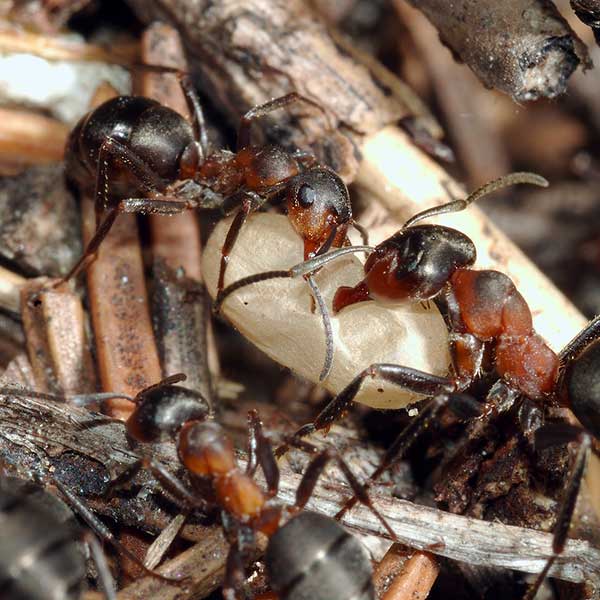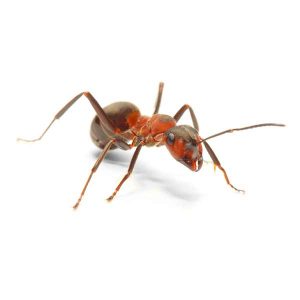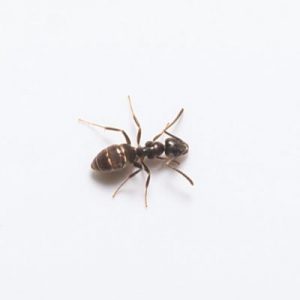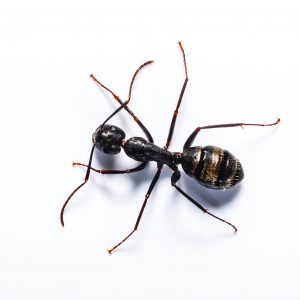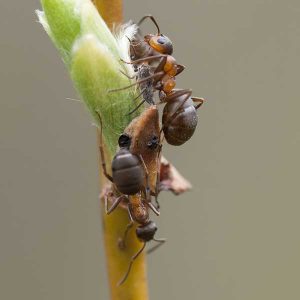Description
Moisture Ants in Spokane, WA and Coeur d'Alene, ID
Moisture ants get their name from their habit of nesting in high-moisture areas. Known for their affinity of decaying wood, moisture ant colonies are generally located in dead logs and stumps, but may also occur in soil. They feed on sweet materials and also tend to aphids for their honeydew. Moisture ants are not a primary structural pest, but they can speed the deterioration of wood.
Moisture Ant Habitat
Moisture ants construct galleries in rotting wood within which they feed. As their name implies, moisture ants prefer to live in damp and humid environments. Outside, moisture ants like to inhabit wet areas such as soil or rotting wood. They will nest in moist ground and construct elaborate mud tubes that resemble a sea sponge between the ground and wood. Inside homes, moisture ants are often found nesting within walls.
Moisture Ant Behaviors, Threats, or Dangers
Moisture ants can bite, however, their bite is generally painless. They are largely nuisance pests as they find their way into kitchens and feed on sweet substances. These ants thrive in walls around plumbing leaks, roof leaks, and any other source of water that has dampened wood. Swarming occurs in spring and is one of the most common signs of moisture ants in the area. If left untreated, moisture ants will continue to grow their colony. If you suspect a moisture ant infestation, contact a professional ant exterminator.
Need help with Moisture Ant control?
We'll call you! Leave your information below.
